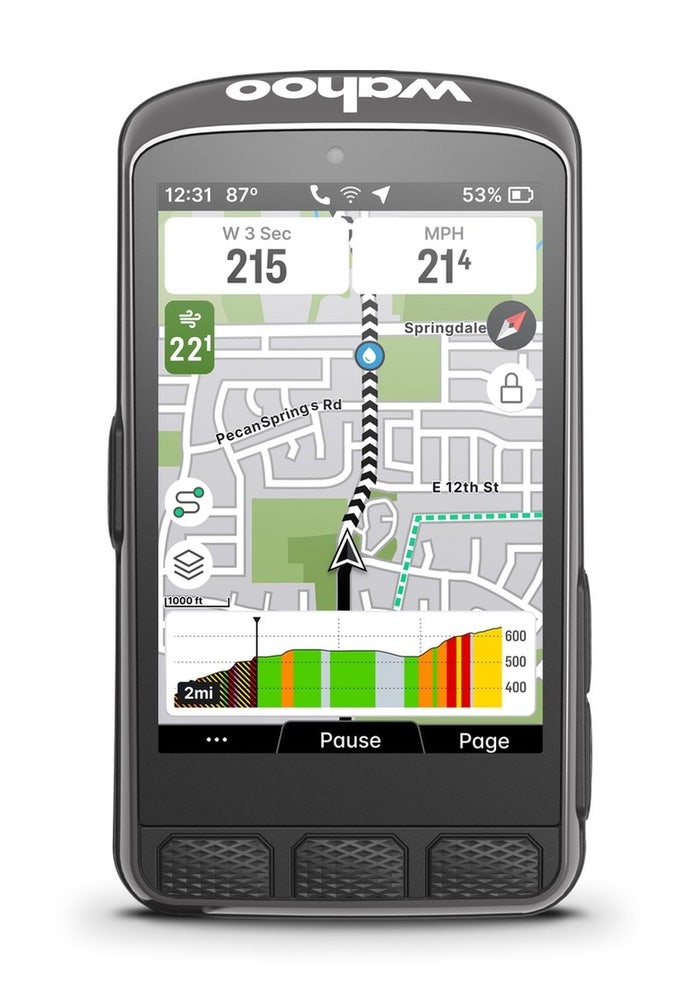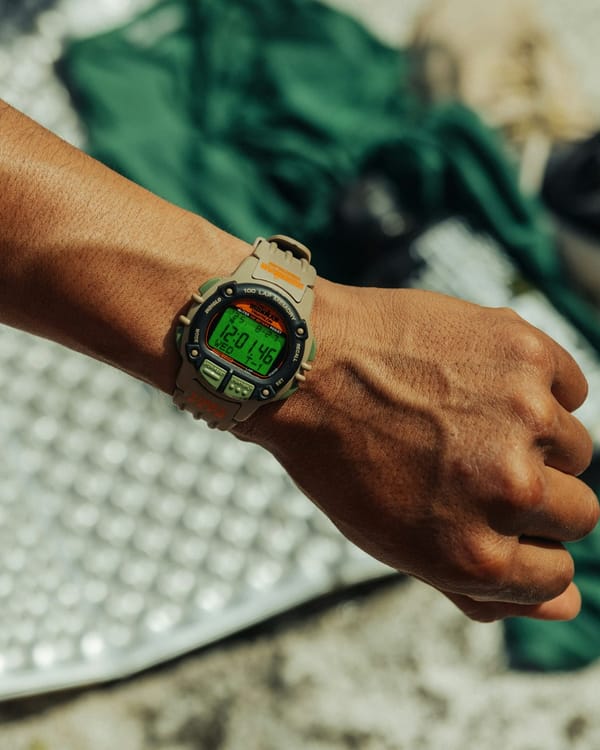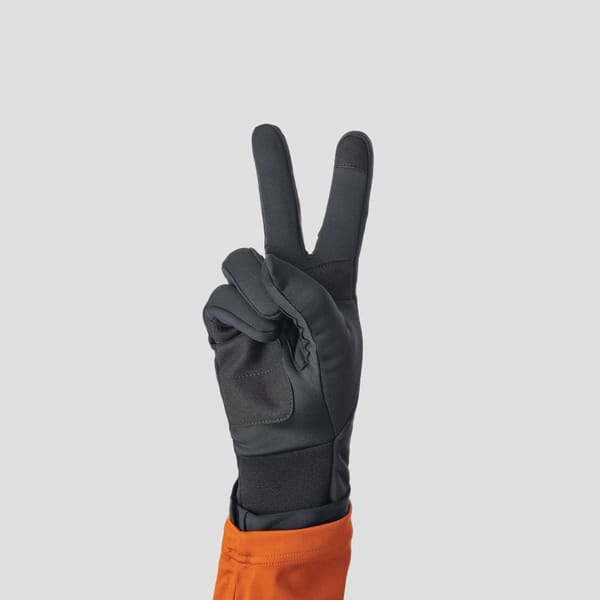Wahoo ELEMNT ACE: Touchscreen Dreams, Half-Baked Realities
The ELEMNT ACE GPS promises a touchscreen revolution for cyclists but stumbles with unfinished features, subpar battery life, and questionable value at $599. Read our full review.
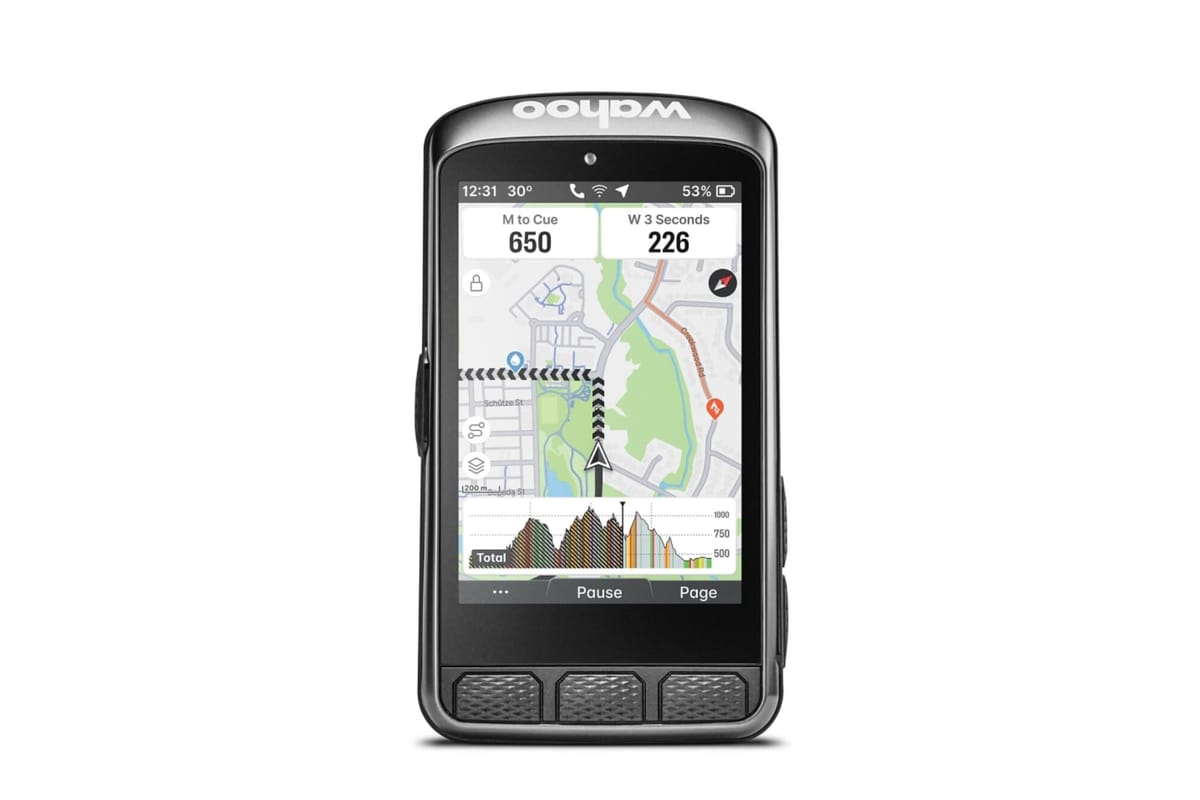
Cyclists asked, and Wahoo delivered—sort of. The new ELEMNT ACE GPS Bike Computer boasts a supersized 3.8-inch touchscreen, wind-sensor wizardry, and a slew of other bells and whistles, including an actual bike bell. At $599, it aims to stand out in a crowded market dominated by Garmin and Hammerhead. Wahoo didn't supply me with a review unit, but as Ray Maker from DC Rainmaker aptly put it, “half-baked” might be the best way to describe this behemoth.
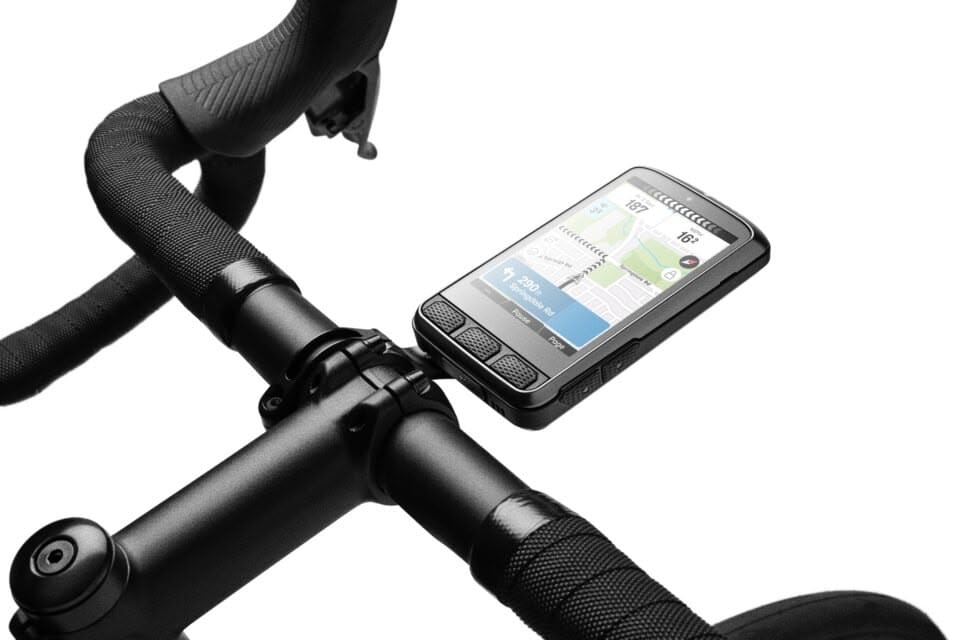
A Bright Promise, Dim Execution
The ACE doesn’t skimp on ambition. It’s a veritable battleship of bike computers, clocking in at 208 grams with an aluminum mount sturdy enough to double as gym equipment. Its feature list reads like a dream: dual-band GPS, real-time wind dynamics, on-device navigation, and a brand-new interface. But here’s the rub: many of these features are missing or broken right out of the box.
For instance, promised capabilities like Strava Live Segments and live tracking are MIA until at least mid-2025. Even fundamental features like tagging ride types for Strava uploads—something competitors nailed years ago—are inexplicably absent.
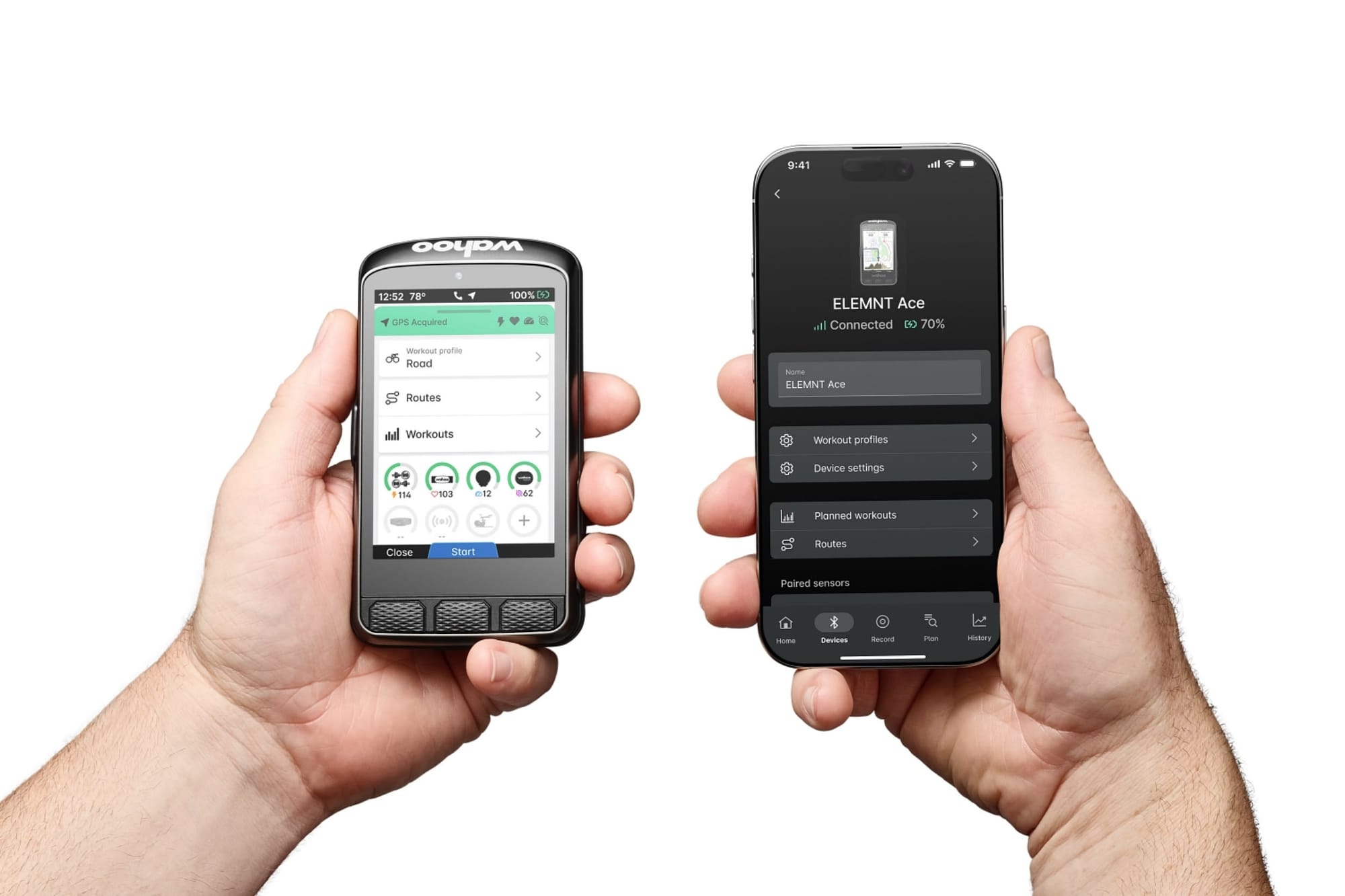
Battery Blues
Wahoo claims the ACE offers 30 hours of battery life. Reality? Try 10-15 hours under normal use, even less with the screen on. Maker’s exhaustive testing shows that even the so-called "5-second backlight off" mode struggles to reach 17 hours. Given its hefty size, one has to wonder where all that battery power is going.
Wind Sensor: Revolutionary or Redundant?
One standout feature is the wind sensor, which tracks airspeed and ground speed to gauge drafting efficiency. On paper, it’s intriguing. In practice, it’s a glorified math problem—leaving cyclists to mentally calculate headwinds versus tailwinds mid-ride. As Maker quipped, “I shouldn’t have to be doing mental math on a ride constantly.”
The Good: What Works
Not everything about the ACE is a miss. The vibrant touchscreen is easy to navigate (when it works), and the new map styling is undeniably crisp. The built-in bike bell is surprisingly loud and functional, though inexplicably disabled on certain screens. And Wahoo’s Ready-to-Ride dashboard is a small but welcome improvement.
The Verdict
The ACE has potential, but at $599, potential isn’t enough. Competitors like Garmin’s Edge 1040 and Hammerhead's Karoo offer more polished features and vastly better battery life for the same price or less. Wahoo’s own ROAM V2, a cheaper and more reliable option, outshines the ACE in many areas.
Launching a product with this many gaps feels like a disservice to both the brand and its loyal users. As DC Rainmaker noted, “The problem is, launching unbaked early gets you reviews like this.” Until the ACE gets a few major firmware updates, it’s tough to recommend over its competitors—or even its predecessors.
